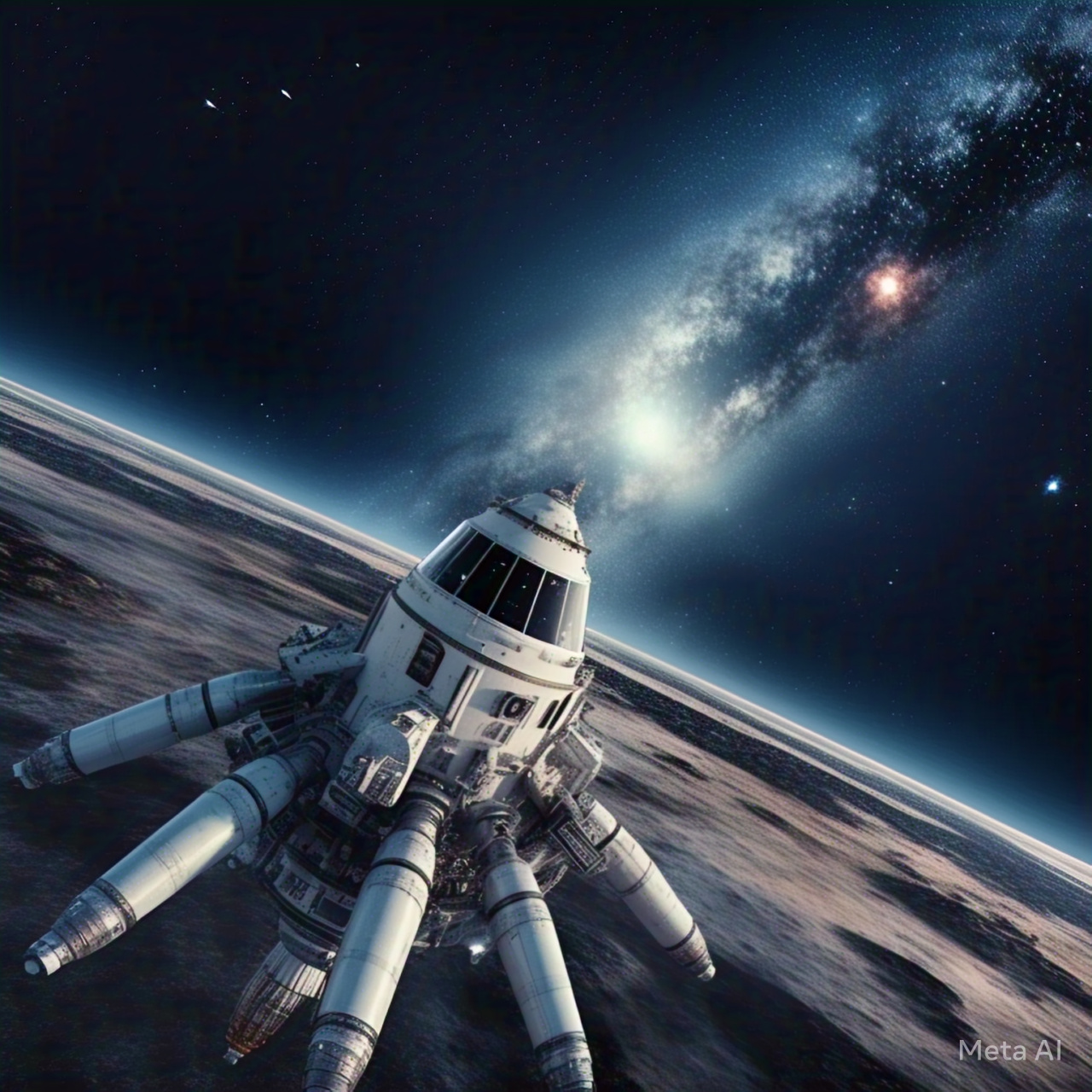NASA is currently engaged in several exciting missions advancing our understanding of space and Earth. Here's a snapshot of their latest endeavors:
1. Artemis Program: Returning Humans to the Moon
The Artemis program aims to land "the first woman and the next man" on the Moon, specifically targeting the lunar south pole. Artemis I, an uncrewed mission, successfully tested the Space Launch System (SLS) and Orion spacecraft. Artemis II, scheduled for 2025, will be the first crewed mission, conducting a lunar flyby. Artemis III plans to land astronauts on the Moon in 2026, establishing sustainable exploration and paving the way for future Mars missions.
2. Earth Observing Missions
NASA's Earth Observing System (EOS) comprises satellites monitoring our planet's health. Missions like Aqua and Aura study Earth's water cycle and atmospheric composition, providing critical data on climate change, weather patterns, and environmental health.
3. Commercial Lunar Payload Services (CLPS)
In collaboration with private companies, NASA's CLPS program delivers scientific instruments and technology demonstrations to the Moon. These missions support lunar exploration and research, contributing to our understanding of the Moon's resources and environment.
4. Astrophysics Missions
NASA continues to explore the universe through missions like the Hubble Space Telescope and the James Webb Space Telescope. These observatories provide unprecedented views of distant galaxies, star formation, and exoplanet atmospheres, deepening our knowledge of the cosmos.
5. Mars Exploration
The Perseverance rover, currently operating on Mars, seeks signs of past life and collects samples for future return to Earth. Its companion, the Ingenuity helicopter, has achieved the first powered flights on another planet, demonstrating new aerial exploration capabilities.
6. Solar System Exploration
NASA's Juno mission continues to study Jupiter, providing insights into the gas giant's atmosphere, magnetic field, and formation history. These findings enhance our understanding of the early solar system.
7. International Space Station (ISS)
The ISS serves as a microgravity and space environment research laboratory. NASA and its international partners conduct experiments across various scientific disciplines, benefiting life on Earth and informing future long-duration space missions.
8. Commercial Crew Program
NASA's Commercial Crew Program collaborates with private companies to transport astronauts to and from the ISS. This partnership aims to provide safe, reliable, and cost-effective access to low Earth orbit, fostering a growing commercial space industry.
9. Heliophysics Missions
NASA studies the Sun and its influence on the solar system through missions like the Parker Solar Probe. By analyzing solar activity, scientists aim to better understand space weather and its effects on Earth and space exploration.
10. Upcoming Missions
NASA has a robust pipeline of future missions, including the Europa Clipper, set to explore Jupiter's icy moon Europa for signs of habitability, and the Nancy Grace Roman Space Telescope, designed to investigate dark energy, exoplanets, and infrared astrophysics.
Stay tuned for more updates as NASA continues to push the boundaries of exploration and scientific discovery.

Comments
Post a Comment